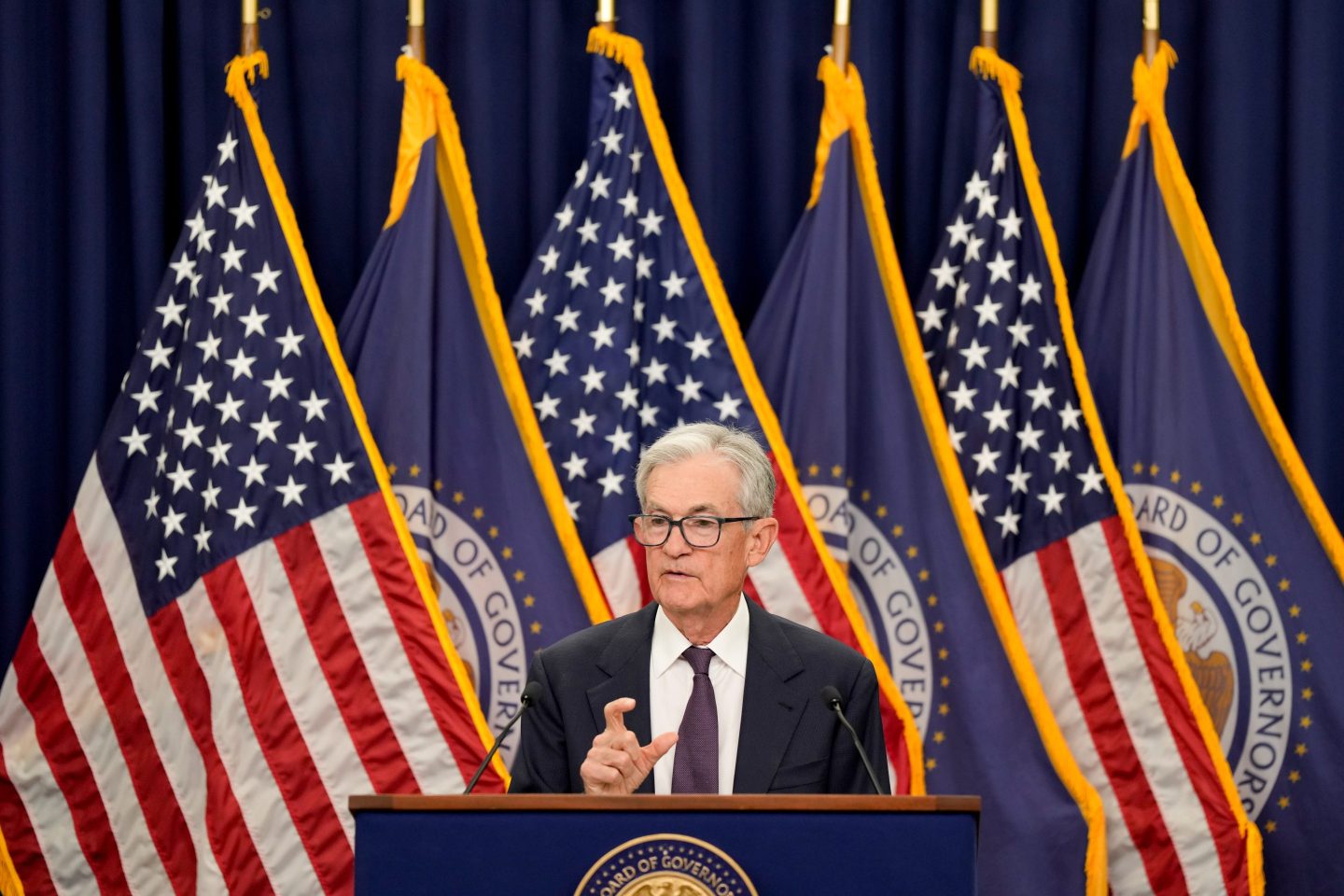Federal Reserve policymakers delivered a quarter-point interest-rate cut this week, but leading economist Mark Zandi warns the move carries a more hawkish signal than markets had anticipated.
Speaking to Fortune after the announcement, Zandi described the Fed’s messaging as tightrope-walking between economic risks—aiming to manage dangers to job growth while signaling no rush into further cuts.
Zandi said the rate cut “was right down the strike zone,” matching expectations for a 25-basis-point move that brings the benchmark federal funds rate to a range of 4% to 4.25%. However, “it was a more hawkish cut than anticipated,” he said, citing Jerome Powell’s explanation that the move was about managing “downside risks” to weakness in the job cycle, rather than launching a new cycle of rapid cuts that would give easy money.
Zandi also referenced the relatively minimal dissent within the committee. Despite the fact that two Trump appointees – Christopher Waller and Michelle Bowman – dissented in July for a quarter-point cut, neither of them joined their new ally, Governor Stephen Miran, in dissenting this time.
One dot on the infamous Fed Dot Plot, which anonymously shows the projections of each governor, conspicuously called for a larger cut and a 150-basis-point cut over the whole year, and is widely considered to be Miran’s. Miran was sworn into his governorship mere hours before the meeting began, an unusual timing to start an unusual governorship. He is one of the only Fed governors in recent memory who will simultaneously be an employee in the White House, which some experts suggest raises questions about his ability to maintain the central bank’s independence.
Zandi said Miran’s call for a deeper cut highlighted the political pressure building on the central bank, noting “the President wants lower rates and is going to work hard to get them through his appointments, including the next Fed Chair early next year.”
Powell, for his part, resisted any interpretations of the central bank as being anything but independent. When asked about Miran’s dual roles in the White House and the Fed, he emphasized that the Fed is “strongly committed to maintaining our independence.”
“Beyond that I really don’t have anything to share.”
He also emphasized that — in a meeting of 19 governors, and only 12 with voting power — one dissenting governor would need to be “incredibly persuasive” to actually sway the Fed’s decision. Presumably, Miran didn’t meet that bar.
Still, Zandi warned the Fed’s balancing act is becoming harder to sustain as economic risks mount. Job growth has slowed to what he called a “standstill,” while tariffs are pushing prices higher and tighter immigration rules are constraining labor supply.
“It’s very unusual to have upside risks to inflation and downside risks to employment at the same time,” he said. “That’s a stagflationary economy, and it complicates the Fed’s job enormously.”
The central bank’s decision to frame the cut as “risk management” underscores that caution.
“Powell’s basically saying: I don’t think the job market will weaken much further, but just in case, we’re trimming,” Zandi explained. “That tells me he still thinks policy is roughly in the right place.”
Even with the move, interest rates remain above what Zandi estimates as neutral: about 3.5% today, and likely closer to 3% a year from now.
“Policy is still somewhat restrictive,” he said. “It’s not highly restrictive, but it’s certainly not stimulative.”
Zandi said he expects the Fed to follow through with additional cuts at its October and December meetings, which would return rates to neutral by mid-2026. But he cautioned that if policymakers fail to deliver, markets could completely unravel from their optimism, putting the economy at risk. “By itself, this cut won’t stave off a jobs recession,” he said. “They’re going to need to do more.”For now, the Fed is trying to signal steadiness. But with the White House poised to nominate a new chair next year, and with Miran’s unusual dual role spotlighting the political crosscurrents, Zandi warned the institution’s independence could soon be tested.
“The real tell will be who gets picked to succeed Powell,” he said. “That will tell us just how much pressure the Fed will be under: and how far it can go to resist it.”












